Some people may have heard of the woodlouse spider. But what exactly is it? Its scientific name is Dysdera crocata, and it is a type of spider that belongs to the family of Gnaphosidae. These spiders got their name after their prey, the woodlice, which are notorious plant pests.
Is a woodlouse spider poisonous? The woodlouse spider isn’t poisonous. However, its bite can be painful and leave an itching sensation for up to one to two hours. Other than that, the woodlouse spider has no recorded instances of causing injury or death to humans or pets.
They are regarded as gardeners’ friends since they devour plant pests. However, they can be a problem to homeowners if they start to infest.
Perhaps you’re worried about having this type of spider in your home; in any case, this article will show you how to get rid of them.
How Do You Identify a Woodlouse Spider?
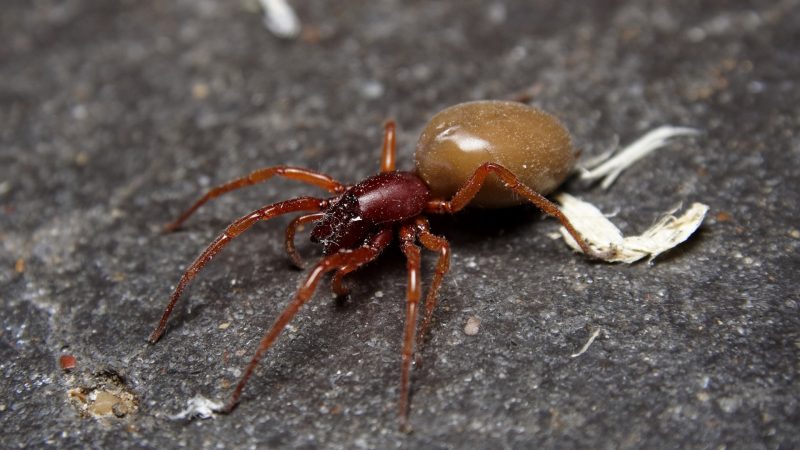
You can identify the woodlouse spiders by seeing the following physical characteristics in them:
- Reddish head area
- Thorax ranges from brown to blood-red in color
- Dark red legs
- Yellow-brown abdomen
- Large jaws (larger than most species of spiders)
- Six eyes
- Eight legs
They also have a menacing look due to their large, protruding fangs directly in front of their legs.
Female Woodlouse Spider
Female woodlouse spiders are larger than males and measure 1.1 to 1.5 centimeters in length. They have dark-red heads and legs along with their shiny yellow-brown abdomen.
The females carry their fertilized eggs in a small pouch under their bodies. After hatching, the young remain in the pouch until they are large enough to survive on their own.
Male Woodlouse Spider
The male woodlouse spiders have the same physical characteristics as the females. They also have dark-red heads and legs, as well as a yellow-brown abdomen.
The only difference is that they’re slightly smaller than the female woodlouse spider, around 0.8-1.0 cm.
Woodlouse Spider Babies
The woodlouse spider babies stay in the sac of their mothers until they’re grown enough to survive on their own. They can grow up to 1/2 of an inch when they reach adulthood.
Woodlouse Spider Habitat
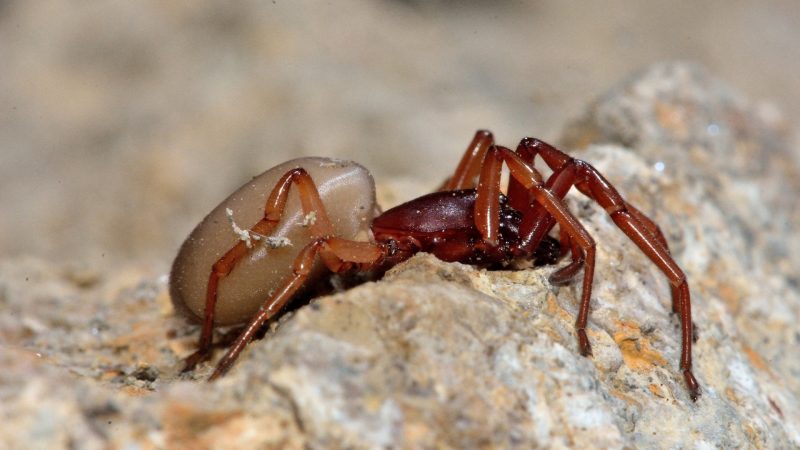
Woodlouse spiders like to live in warm and damp habitats. Thus, you can find many of them in the following areas of your house:
- Crevices
- Brick walls
- Cellars
- Rotting wood
- Porches
- Garages
Outside, they can also be found under rocks, logs, plant pots, and bricks. They’re also typically encountered in the homes and gardens of the following countries:
- New England
- Northern Europe
- Australia
- Georgia
These spiders have also been spotted in the states of Illinois and Indiana.
What Attracts Woodlice Spiders?

Woodlouse spiders are attracted to moisture. They’re commonly found in gardens and the log’s shade, where it’s damp.
However, when the outside temperature rises, they’ll find their way into your home and live in your basement. They love to stay hidden in the crevices and make silk-like enclosures for their protection.
What Does a Woodlouse Spider Eat?
The woodlouse spider’s diet is mainly woodlice (also known as pill bugs or sow bugs). In addition, they also feed on other insects, smaller spiders, rotting vegetation, and woods. They also eat other smaller spiders.
How Does a Woodlouse Spider Reproduce?
Before mating, they get aggressive towards one another, making the courtship fatal. However, once they have mated, the female woodlouse spider constructs a silken sac to lay eggs and protect her young from predators.
The eggs are hung inside the female’s silken retreat by a few silk strands, where up to 70 eggs can be laid. When the young spiders are grown enough to live on their own, they will leave their mother’s side.
The woodlouse spider can last up to two to three years.
What Does a Woodlouse Spider Do?
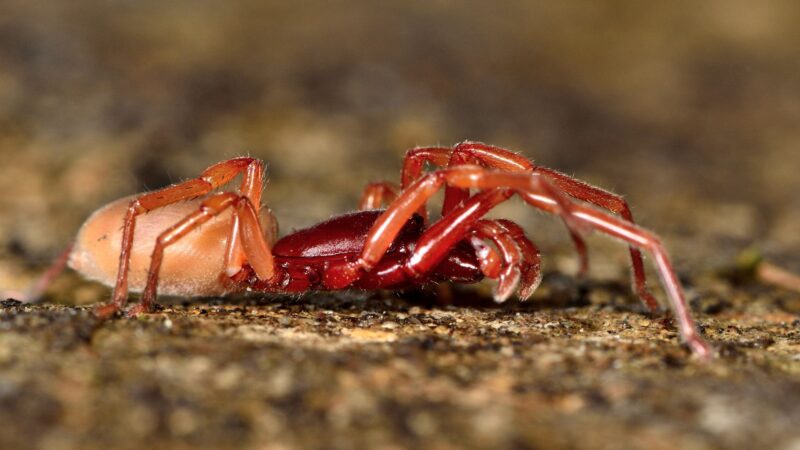
Woodlouse spiders hunt their prey, which is mainly woodlice, instead of spinning webs to trap prey. These spiders derive their name from their prey (pill bugs or sow bugs), which are crustaceans.
They’re also often found under logs, close to their prey— the woodlice and spend their day in their silken shelter as well.
Are Woodlouse Spiders Aggressive?
The woodlouse spiders are aggressive, particularly if they’re disturbed. They are notorious for not backing down in the face of human threats or disruptions, and they will not bite unless provoked.
Is a Woodlouse Spider Poisonous?
As discussed above, the woodlouse spider isn’t poisonous. Its bite can be painful but not toxic. You may also feel itching for an hour or two because of its nip.
Humans may find their bites painful due to their oversized fangs. Their bite wounds can also be visible on the skin.
On the other hand, woodlouse spiders are not harmful or poisonous to dogs, unlike black widow and wolf spiders.
Woodlouse Spider Bite Symptoms
The bites of woodlouse spiders are essentially harmless. Their symptoms include minor pain and itchiness that could last one to two hours.
How to Treat a Woodlouse Spider Bite?
To treat the woodlouse spider bite, you can do the following:
Step 1: Clean the wound with mild soap and water.
Step 2: Apply an antibiotic ointment to the bite area at least three times a day to prevent infection.
Step 3: You can apply a cool compress to the nip site for 20 minutes per hour.
How to Get Rid of a Woodlouse Spider?
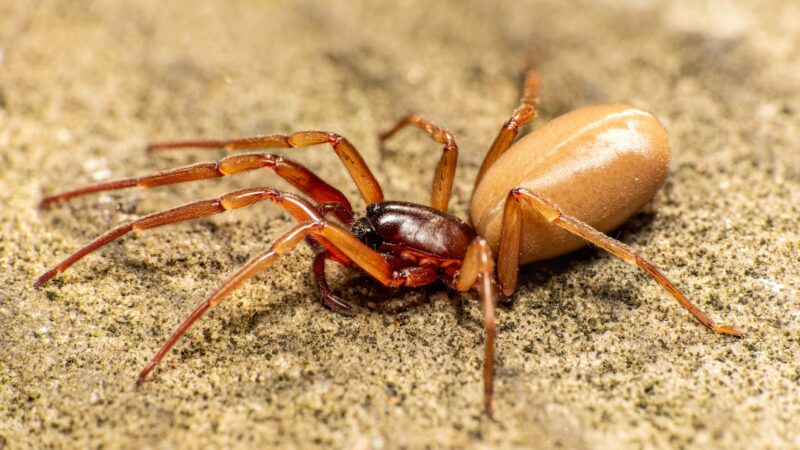
To get rid of woodlouse spiders, you have to make your property less attractive to them.
Tips for Managing the Woodlouse Spider’s Existence
Consider doing the following tasks to manage their existence in your home:
- Decrease the presence of their prey by using pest control services.
- Reduce the places they love to hide and reside.
- Clean up your areas from piles of wood, leaf litter, mulch, and other debris.
- Make sure to dry out any damp areas in your home.
- Remove any standing water where the mosquito breeds (woodlouse spiders also feed on mosquitoes).
- Make sure there are no moisture issues in your area.
- Use sticky traps .
- Reduce the clutters in your home and make cleanliness a priority.
- Large numbers of woodlouse spiders can be controlled using if they become a real nuisance to you.
- Seal all entry points they can use. Survey your place for any cracks and holes and seal them off.
Related: Outdoor Spider Control: 7 Best Outdoor Spider Sprays Review
Homemade Woodlouse Spider Repellent
You can also use DIY sprays to eliminate these spiders, like the following:
Borax
Make an all-purpose cleaning spray with the use of borax . To make this:
Step 1: Dissolve two teaspoons of borax. Do it in four cups of hot water.
Step 2: Mix four tablespoons of vinegar and one teaspoon of dish soap.
Step 3: Once done, use this to clean windows, appliances, countertops, and more.
Apple Cider

To make spider repellent using apple cider, you can follow the steps below:
Step 1: Mix the following ingredients and put them into a spray bottle:
- 1 cup apple cider
- 1 cup pepper
- 1 teaspoon of oil
- 1 teaspoon liquid soap
Step 2: After putting the mixture in a spray bottle. Spatter it into the areas where you’ve seen the woodlouse spiders.
Step 3: Make sure to respray the mixture after a few days.
Essential Oils
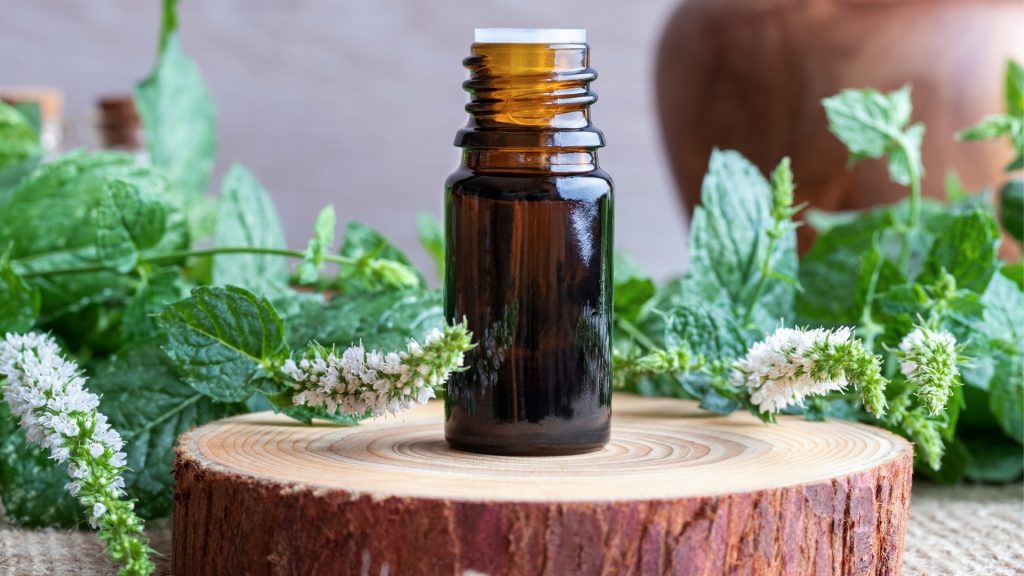
Another natural DIY spray you can use to eliminate woodlouse spiders is essential oils like spearmint, peppermint, and tea tree. To make spider repellent using an essential oil, you can follow the steps below:
Step 1: Get a 16 oz glass spray bottle and pour 7 drops of your essential oil (e.g., peppermint oil).
Step 2: Add warm water until it reaches an inch from the top.
Step 3: Put 2-3 drops of dishwashing soap and shake the mixture thoroughly.
Step 4: Once done with the mix, spray this on the areas where you’ve seen the spiders.
Related: Does Peppermint Oil Repel Spiders? | All You Need to Know!
List of Sources
Woodlouse Spider. Utah State University.
Jacobs, S. (2018). Woodlouse Hunter Spider. PennState Extension.
Dysdera crocata. Colorado State University.
- How to Get Rid of Copperheads | Practical Guide - August 27, 2023
- How to Get Rid of Corn Snakes | What Makes Them Aggressive? - August 27, 2023
- How to Get Rid of Alligators | Safety Measures and Removal Methods - July 16, 2023
